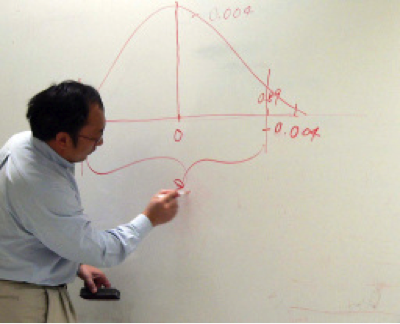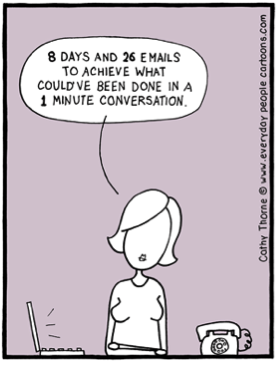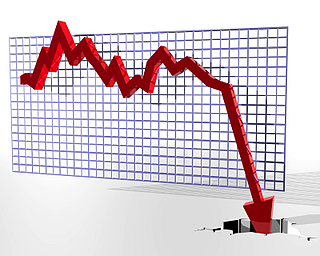Sat, Aug 24, 2013 — Market Research Strategies: Getting to Your Company to The Next Level Quite often these days, especially evident in mid-market businesses, I come across CEOs, who have been very successful at building their company’s revenues but are now are challenged with reaching the next level. Sales may have slowed down; the low hanging fruit picked; or competitors are upping their game. They may also have been successful in using their technology and expertise in one market, but totally misread another. Whatever the issues are; in order to flourish, every company should consider integrating market research strategies into their growth plan to keep a pulse on their market and its dynamics and to capitalize on market opportunities. Growing through market research strategies can include new products and services, new pricing plans, new positioning, new market segments, changes in business models, or new channels of distribution. Each of these should be evaluated, researched and integrated into your growth strategy and ultimately into your business, product development, and tactical go-to-market plans.









